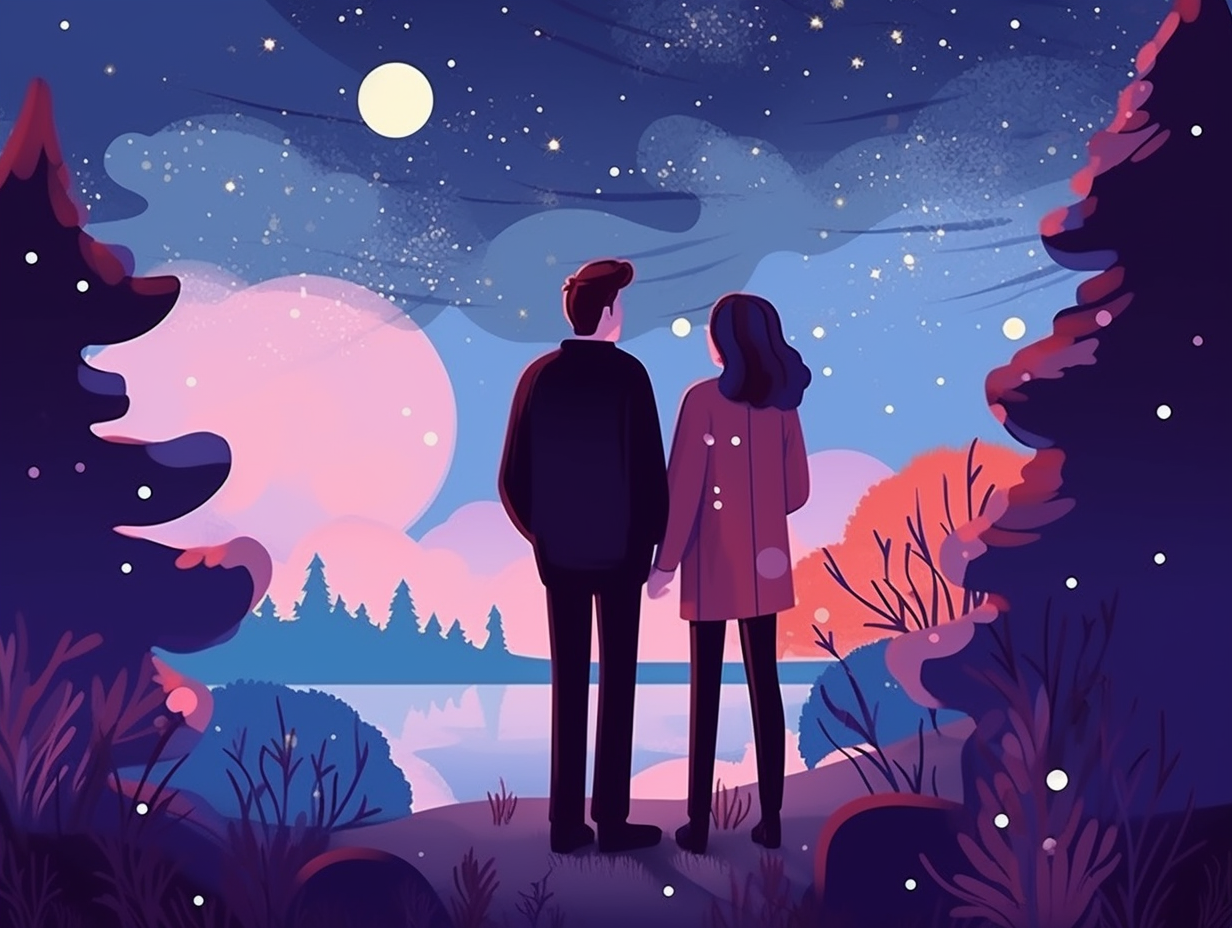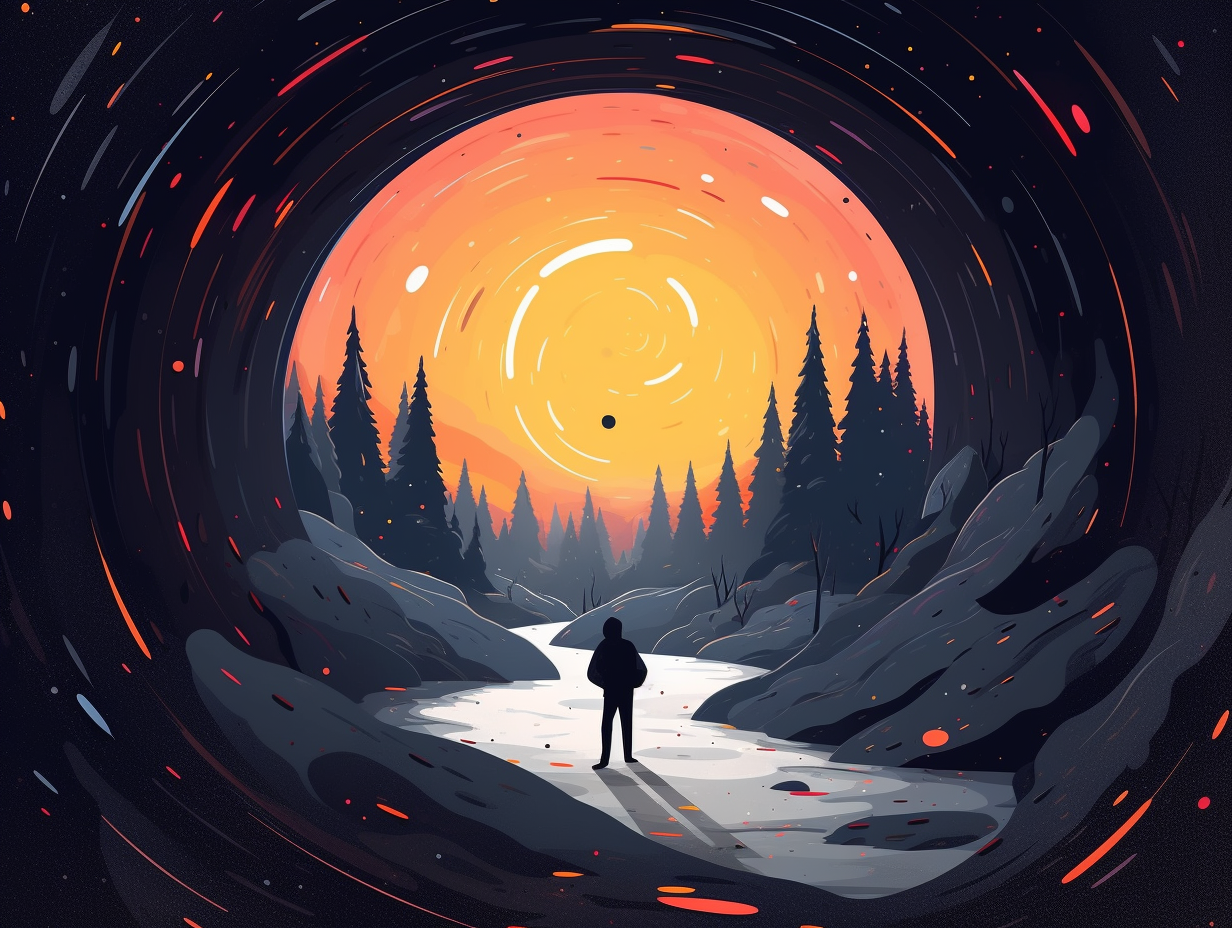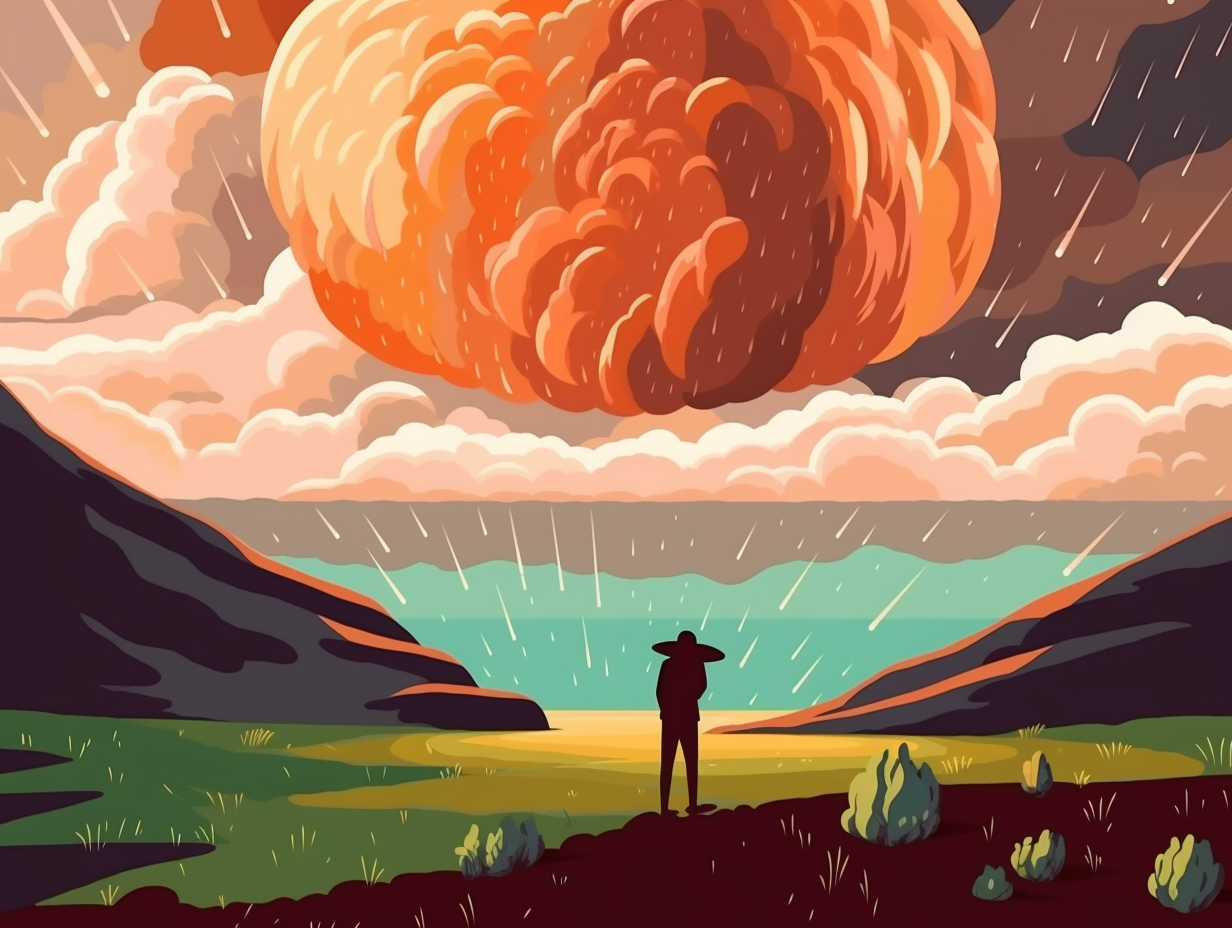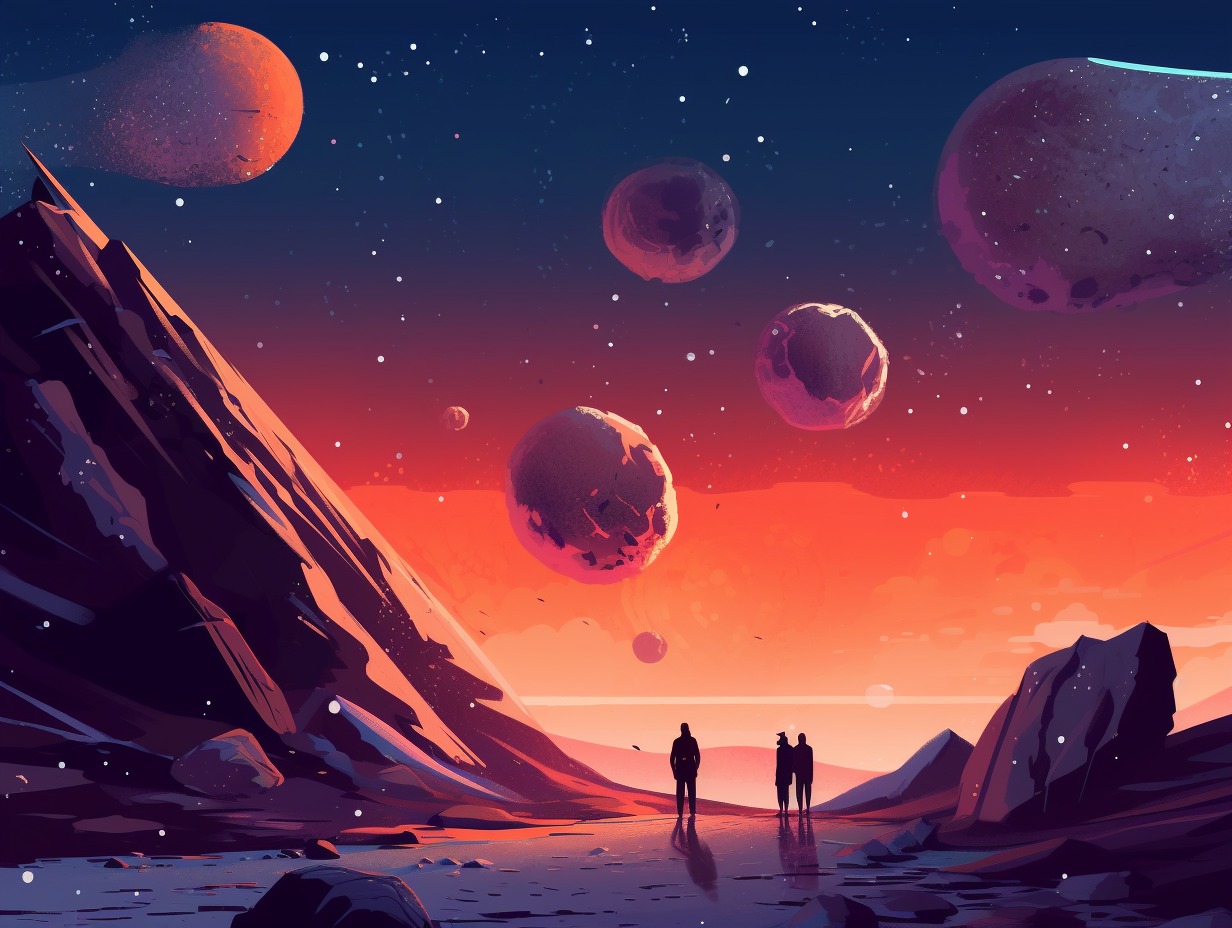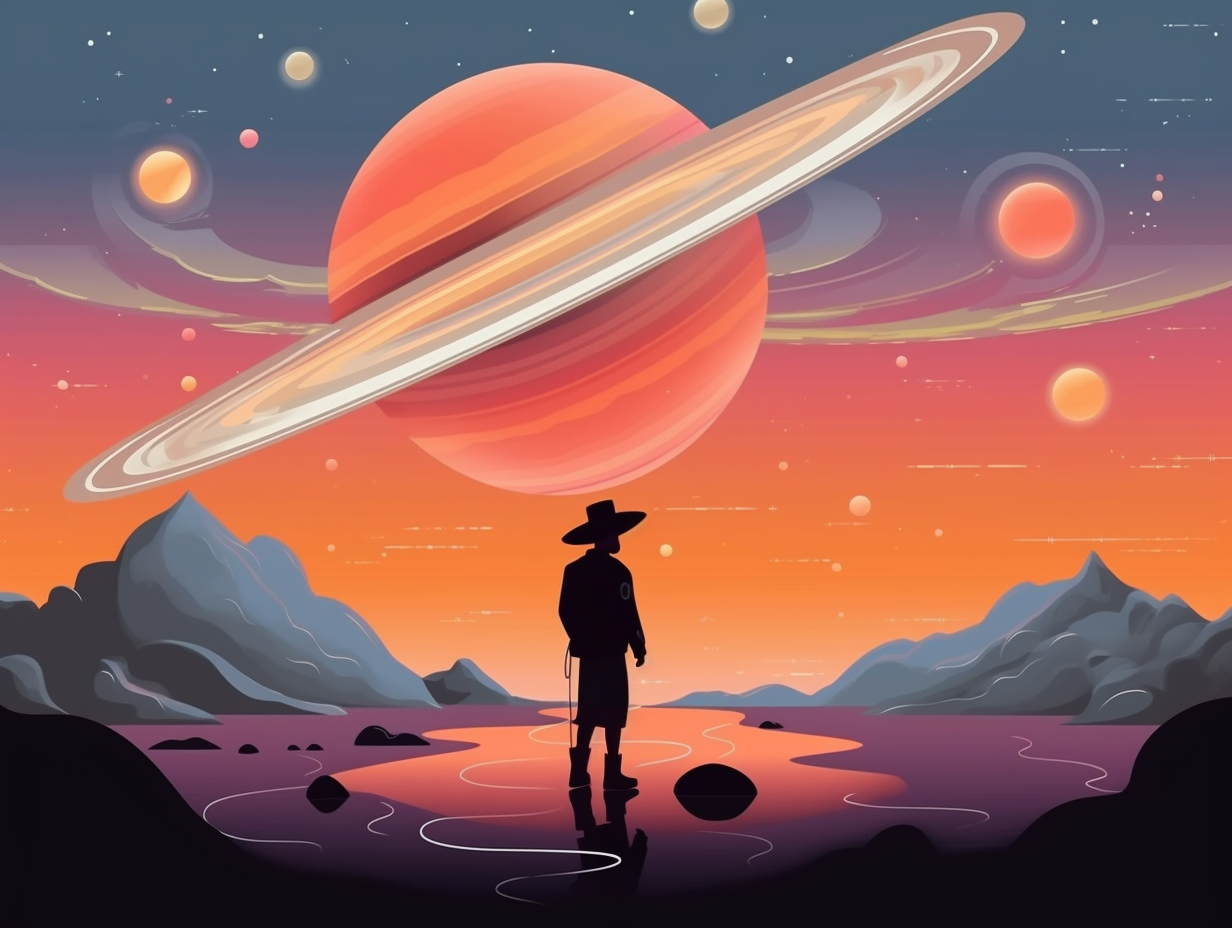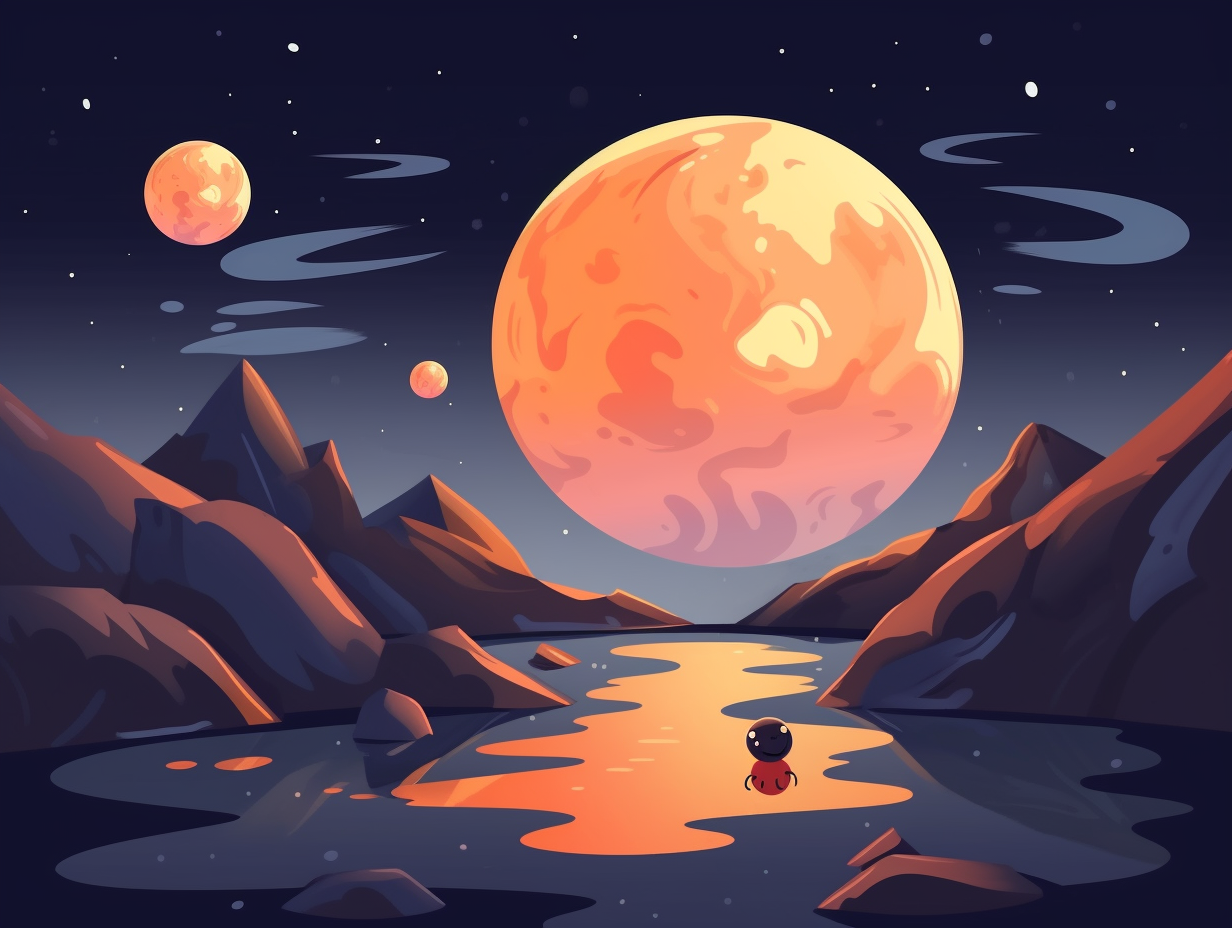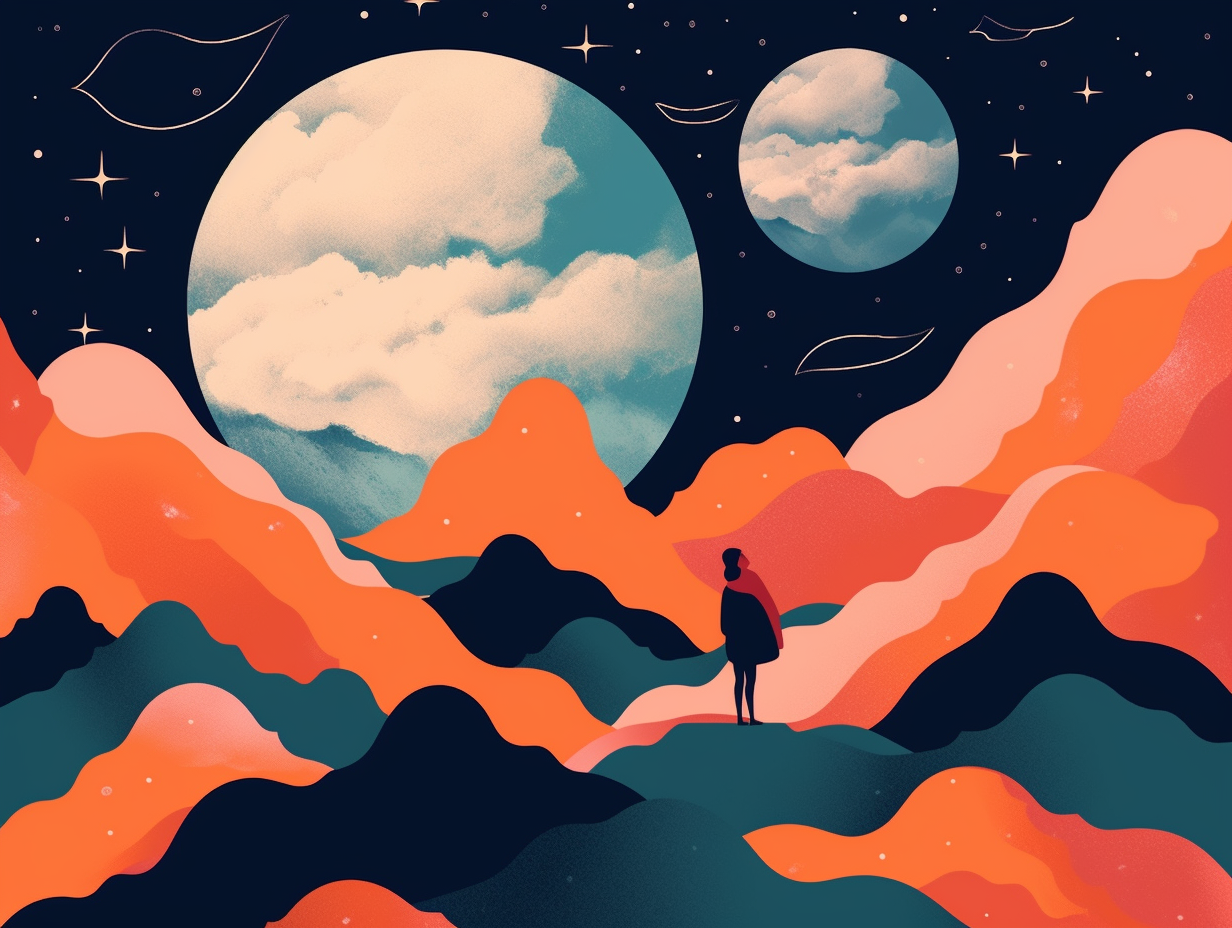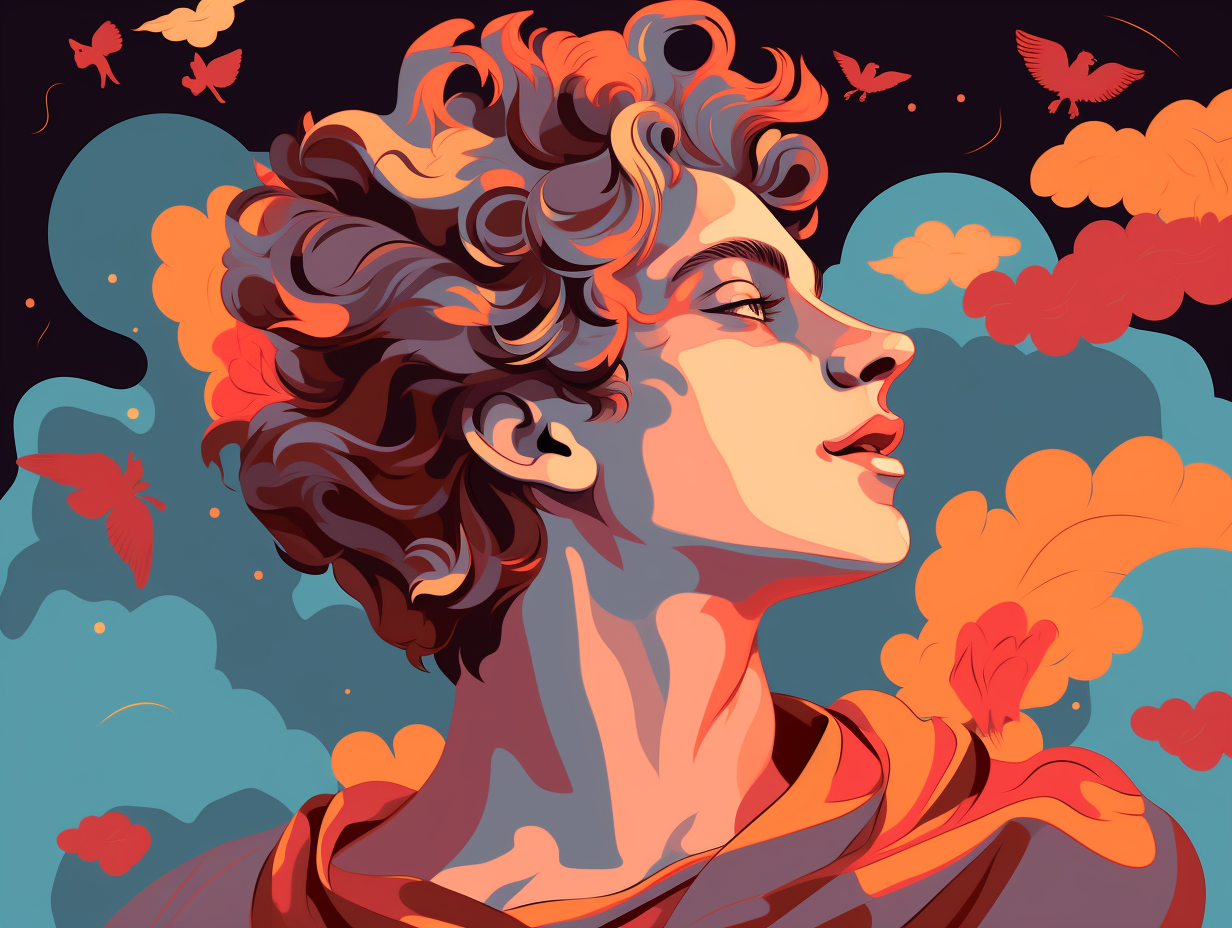13 Stellar Fun Facts About Nebulas: Discover the Wonders of Cosmic Clouds!

1. Stellar Party Animals
"Stars: they're just like us - they love to party in groups!" Ever heard of a celestial shindig with thousands of guests? That's a star cluster for you: Formed early on in the universe, these massive gatherings of tens to hundreds of thousands of stars have evolved over time, refining our understanding of star formation, stellar evolution, and the nitty-gritty physics behind it all. Next time you gather with friends, remember you're in stellar company!
Source => hubblesite.org
2. Nebulas: Cosmic Chameleons
When you wish upon a star, it just might grant your wish by turning itself into a galloping stallion or a fluttering butterfly: Nebulas, the cosmic chameleons, can take on a myriad of shapes and sizes, such as the iconic Horsehead Nebula resembling a horse's head or the vibrant Butterfly Nebula mimicking the insect's wings and body, all thanks to star formation, supernova explosions, and the demise of massive stars.
Source => en.wikipedia.org

Did you know that bread crumbs are a major threat in space? Discover how tortillas save the day on the ISS and learn about astronauts' unique taste bud adventures!
=> Fun Facts about Space
3. Interstellar Vampire Dance
When interstellar vampires get hangry: Planetary nebulae, like Fleming 1, showcase fabulous shapes due to a cosmic tango between binary stars. As one star drains its partner, an accretion disk forms, wobbling and precessing like a dizzy spinning top, causing ejected material to create symmetric patterns of celestial beauty. Henri Boffin's cosmic caper on 9 November 2012 unraveled this astronomical mystery!
Source => annesastronomynews.com
4. Cosmic Space Loofah
Bursting the cosmic bubble: The Helix Nebula, a celestial wonder often mistaken for a giant space loofah, is actually a vibrant cloud of gases and dust particles released by a dying star – making it an essential snapshot for ambitious astrophotography junkies.
Source => astrobackyard.com
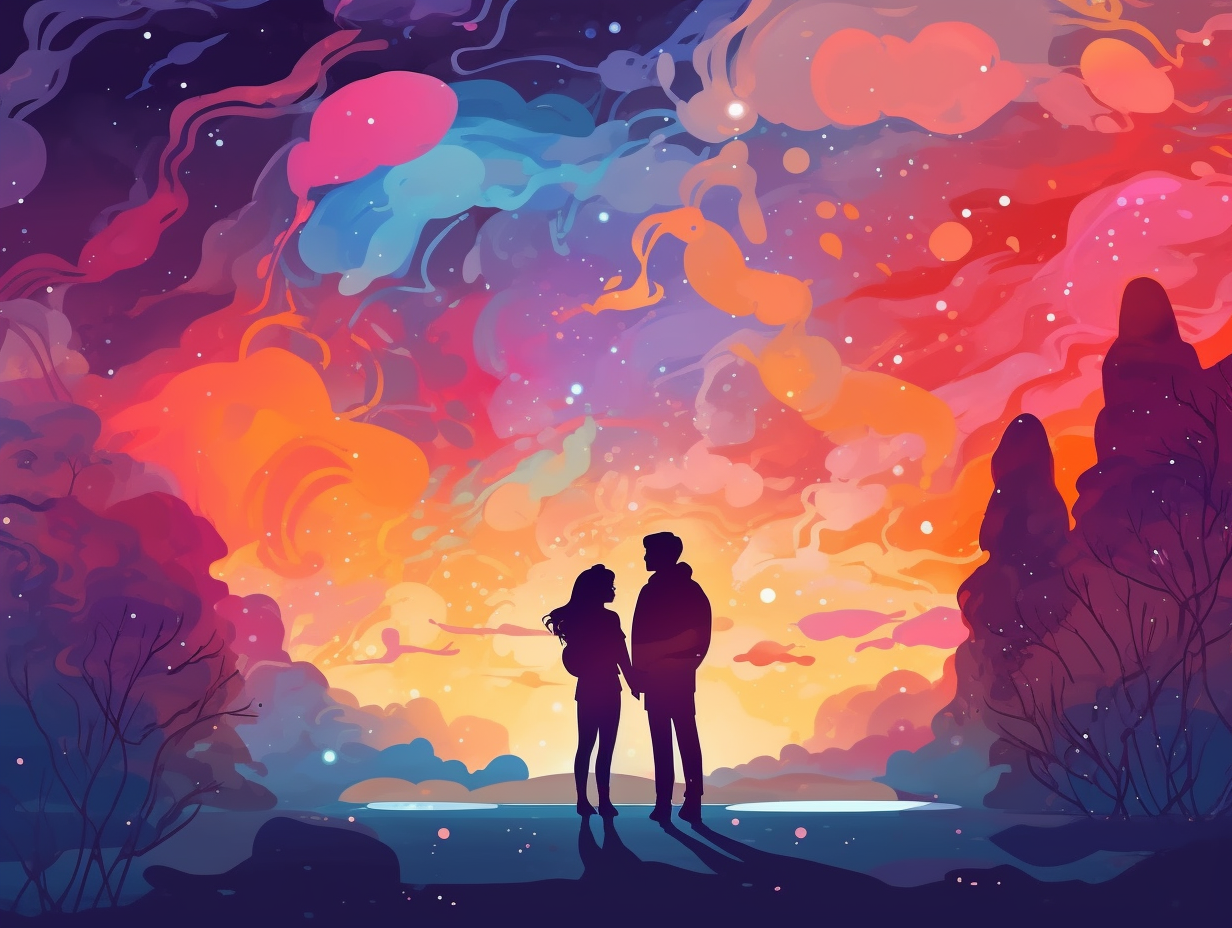
5. Prawn Nebula: Star Factory
If you think shrimp cocktails are stellar, wait till you hear about the cosmic recipe that whips up hot, young stars in the other Prawn: The Prawn Nebula, that is: This celestial delight, also known as Gum 56, is a massive star factory where gas clouds churn out bright, shiny stars that ultimately reignite the cycle of their birth and death through either gentle or explosive releases of their material, keeping the Prawn Nebula perpetually prepped for future star-making shenanigans.
Source => eso.org
6. Chill Out: Coldest Nebula
Chilling out in cosmic conditions: the Boomerang Nebula, located 5,000 light years away from Earth, boasts a frigid temperature of just 1 Kelvin, making it the coldest object in the Universe that astronomers have discovered so far.
Source => odwac.ourq.org
7. Nebulas: Celestial Nightclubs
Contrary to popular belief, nebulas aren’t just celestial nightclubs where stars party in ultraviolet lights and leave colorful traces of their cosmic shenanigans: In reality, these radiant spectacles are formed when aging stars shed their outer layers of gas and dust, which subsequently become illuminated by the remaining hot core's ultraviolet radiation. The brilliant hues stemmed from distinct chemical elements bestow astronomers with insights into the star's composition and its cosmic legacy.
Source => en.wikipedia.org
8. Cosmic Pompadour: Pillars of Creation
If space had a "haircut," the Pillars of Creation would be its snazzy cosmic pompadour: This emblematic feature of the Eagle Nebula is not only losing a whopping 70 times the mass of the sun every million years, but recently captured images reveal never-before-seen stars hiding within its towering finger-like gas clouds, suggesting this celestial hairstyle might be reaching for the Earth, too.
Source => nbcnews.com
9. Cthulhu's Cosmic Crib
In a tentacle-tantalizing twist of cosmic chaos: Vhoorl, nestled within the Twenty-Third Nebula, holds the title of 'birthplace of Cthulhu and his Star-spawn' according to sources like Lin Carter's "The Horror in the Gallery," despite contradictory Lovecraftian genealogical charts. Before you summon the old ones, you'll spot this cosmic crib making cameos in The AllSpark Almanac II from the Transformers animated universe and its IDW tie-in comic book.
Source => lovecraft.fandom.com
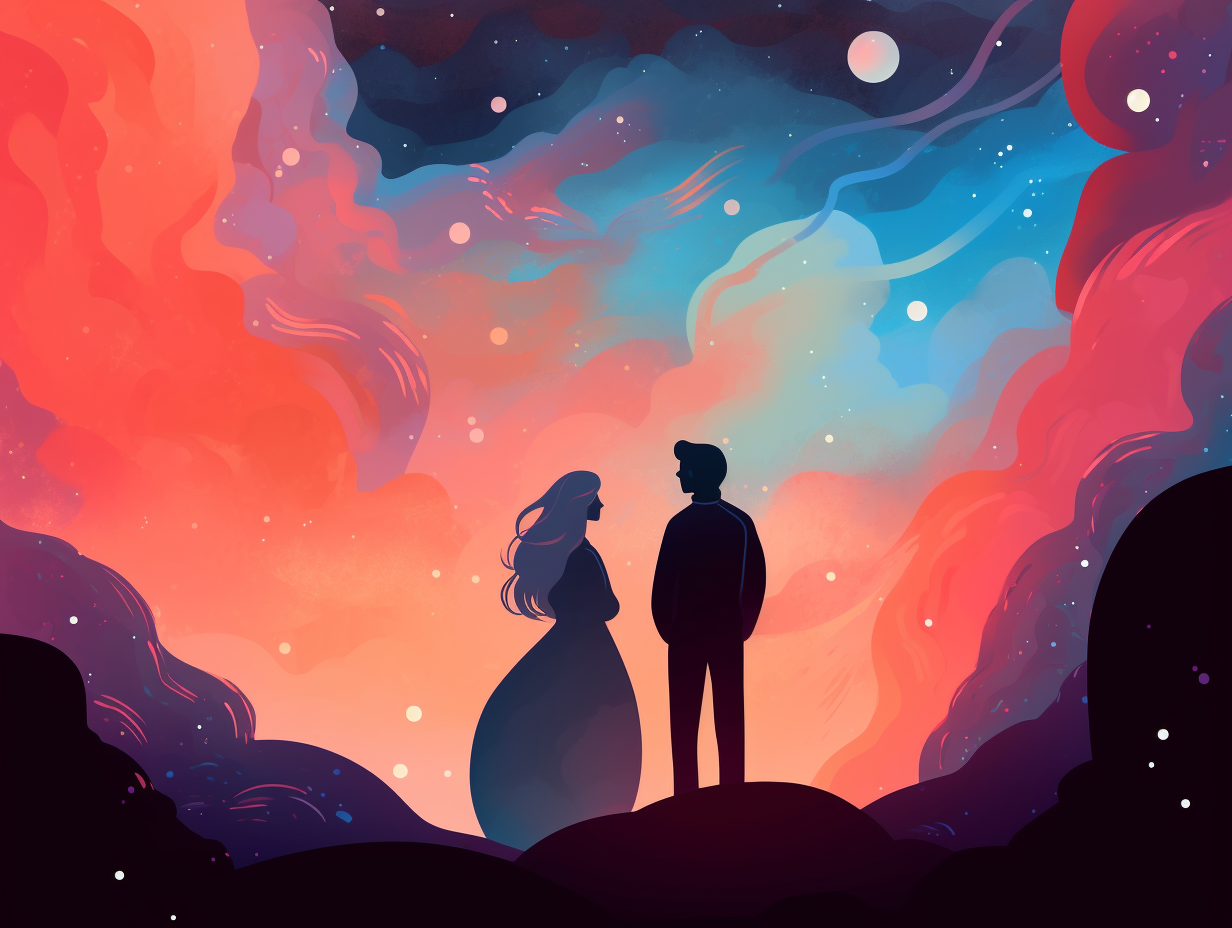
10. Supernova: Blame it on the Crab
Feeling a bit crabby? Blame it on the Type II supernova that makes up our elemental DNA: these cosmic fireworks, like the Crab Nebula, are the cosmic craftsmen responsible for infusing our planet and bodies with heavy elements like iron, calcium, and gold, all masterfully forged in the stellar explosion and sprinkled across the galaxy.
Source => forbes.com
11. Clouds' Colorful Cosmic Cousins
If clouds had a cooler, cosmically-chimeric-cousin whose favorite pastime was popping out stars and flaunting an ethereal rainbow ensemble, nebulas would win the family reunion jackpot: These massive dust and gas formations stretch across hundreds of light-years, birthing new stars while dazzling onlookers with vibrant hues thanks to elements like hydrogen and oxygen, which were formed within stars and then generously sprinkled through space via stellar winds and supernovae explosions.
Source => en.wikipedia.org
12. Supernova Walks Into a Bar
An interstellar supernova walks into a bar, orders a veiled drink and leaves behind a rather expansive, dazzling piece of abstract art: Behold, the Veil Nebula, a sprawling cosmic masterpiece created by a supernova explosion some 2,100 light-years away from Earth, stretching 110 light-years in diameter with shockwave-induced filaments and loops that haven't lost their charm for millennia.
Source => space.com
13. Deciphering the Cosmic Crochet
Have you ever tried to decipher Grandma's knitting work? Turns out, the Veil Nebula has its own cosmic crochet, too! This space-yarn requires a little something to help us see it, though: The Veil Nebula, notorious for its elusive low surface brightness, can be easily observed with an O-III astronomical filter, which brings out the intricate lacework visible in photos by isolating the light from doubly ionized oxygen. Just grab your telescope and O-III filter, and you'll be in stitches with this celestial spectacle!
Source => en.wikipedia.org
Related Fun Facts

